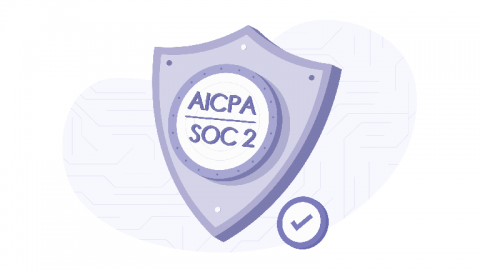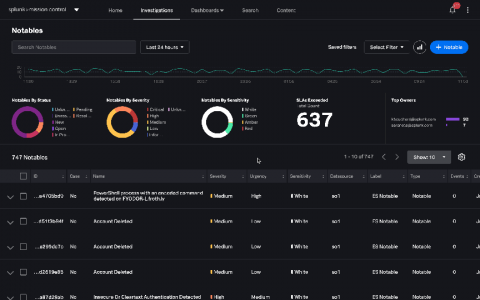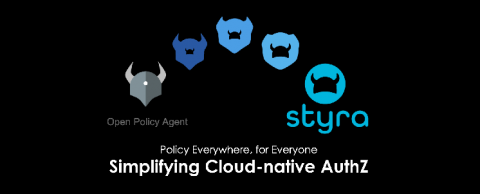Can AI Predict Workplace Violence?
In June 2020, a knife attack at a kindergarten in China injured 39 people, many of them children. The perpetrator was a security guard at the school. This was an insider attack and a horrific act that happens far too often across the world. While the majority of the cybersecurity industry is focused on securing data, the growing convergence of digital and physical security remains unhinged.










